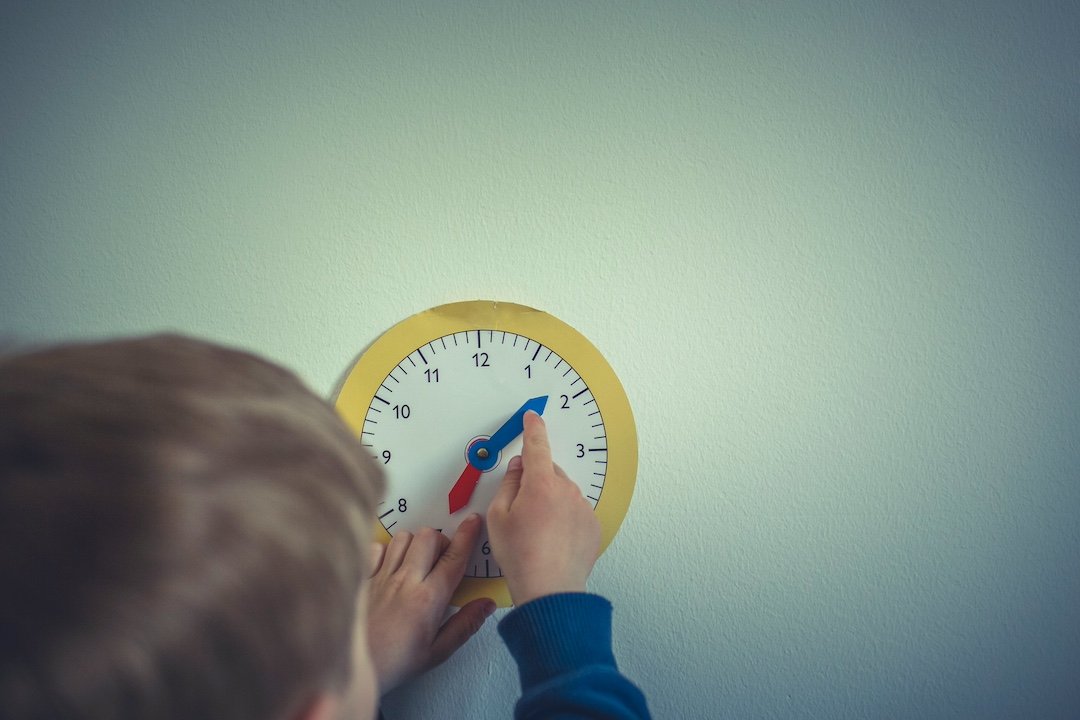How to Create a Routine that Supports Your Child’s Well-Being
In Austin, we go back to school in about a month which means a change in routine. As you start to prepare for this transition, it can be helpful to consider how your child’s routine impacts them.
Here are some questions to consider when thinking about your child’s schedule.
How consistent is your schedule?
A consistent schedule provides security as children know what to expect. This helps to reduce anxiety and self-regulate their emotions, which in turn can lead to reduced behavioral concerns. A consistent schedule also helps children cope when changes do occur, as they already have a stable foundation. In addition, knowing when to do what helps children take ownership of tasks, which supports the development of independence and self-monitoring.
Does your routine promote healthy sleep patterns?
Getting quality sleep is beneficial for both physical and mental health and impacts cognitive functioning. As Jami says in her blog on supporting your child with getting quality rest, when children sleep well, they, “will have an easier time concentrating, accessing their creative side and use of flexible thinking, are better able to engage in problem-solving, manage their emotions, tap into coping strategies, and are set up to retain information which increases their ability to learn.”
One part of quality sleep is making sure your child has good sleep hygiene. To learn more about this topic, check out Jami’s blog. Another part of quality sleep is how long your child is sleeping. The chart below details the amount of sleep the American Academy of Sleep Medicine recommends based on your child’s age.
Does your routine allow time for self-directed play?
Self-directed play is time when your child decides what and how to play. Self-directed play is important because children learn through play, and it is the medium they use to make sense of their experiences and express their feelings. It also has other mental health benefits such as practicing problem-solving skills, increased self-esteem from a sense of control, reduced anxiety as they practice flexibility, and increased confidence from the freedom self-directed play provides. If you’re reading this and want to start implementing time for self-directed play, I would start with 30 minutes each day.
Does your schedule give your child opportunities to “empty their cup?”
The cup I’m referring to here is the cup of tolerance. Imagine your child starts with an empty glass. Throughout the day (or week), when difficult things happen (a friend not wanting to play with them, not doing how they hoped on a test, etc), water is added to their cup. Then at dinner time when they’re asked to set the table, their cup overflows. Even though this seems like a small thing to become very upset about, it is the last drop that makes the cup spill.
Opportunities for your child to “empty their cup” are activities that recharge them. These are the “self-care” activities. Every child will have different activities that empty their cup, so it might take some time to find what works for them.
What are the effects of extracurriculars on their mental health?
Extracurriculars can have so many benefits! They help children practice social skills, encourage healthy physical activity, boost self-esteem and confidence, allow for self-expression and creativity, and build skills such as resilience and teamwork. However, extracurriculars can also lead to overwhelm and exhaustion, so consider the balance your child has between extracurriculars and opportunities to “empty their cup.” You might also consider if a certain extracurricular is itself emptying their cup!
Does your schedule include relationship-building activities?
There are many moments throughout the day that can help you to build your relationship with your child. To brainstorm some ideas, you might read Leah’s blog on bids for connection or Jaclyn’s blog on new ways to talk to your child about their day.
For more focused relationship-building activities, try to schedule quality time each week. For children ages four to seven, spend 30 minutes of one-on-one time with them once a week on an activity you both enjoy. For older kids (ages eight to eleven) spend 30 minutes of one-on-one time with them once a week and allow them to choose the activity.
As you prepare for the upcoming school year, taking time to evaluate your child’s routine can make a significant difference in their overall well-being. Remember, the goal isn’t to achieve a perfect schedule but to find a balance that works for your family.
Interested in booking a session with Rachel?
WRITTEN BY Rachel Esparza, LPC-associate
Rachel Esparza is a Licensed Professional Counselor Associate supervised by Jaclyn N. Sepp, MA, LPC-S, RPT-S™, NCC, RYT® 200 and Sheila Wessels, MEd, LPC-S, RPT-S™. Rachel is also working towards her Registered Play Therapist™ (RPT™) credential. At Texas State University, Rachel earned her Master’s degree in Professional Counseling (CACREP Accredited Program) and her Bachelor’s degree in Psychology. She has experience working with children, adolescents, young adults, and families in community counseling settings.



